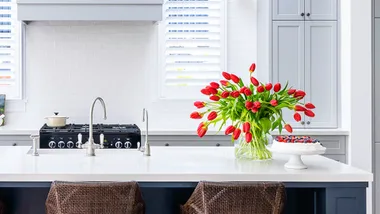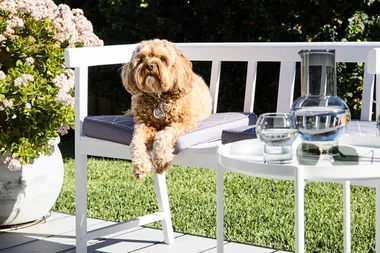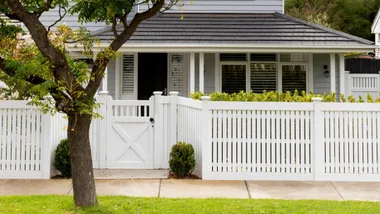Crazy paving is making a comeback in home landscape design and gaining ground. While it might sound like a cheap alternative to a full-scale landscaping job, it’s a bona fide design resolution for laying stone anywhere in the home.
There’s no end to the iterations either – small and large-sized pieces are laid in randomised crazy paving patterns that can take regular paved areas from sad and neglected to a series of spectacular spaces to relax, entertain and enjoy an outdoor lifestyle. The way irregular shapes and sizes of stones are used creates pleasing patterns in even structured environments bringing a freeform aesthetic wherever you’re looking to make a statement in neutral tones, with a natural material. We think it deserves a seat at the table when planning to landscape your backyard with outdoor pavers. Here’s why.
What makes crazy paving so popular?
“The natural texture as well as the colour and size variations make crazy paving an extremely versatile flooring option that is suitable for almost any application,” says Eco Outdoor marketing manager Rebecca Fox. “The format allows for movement in a flooring aesthetic that is also a perfect means to break open a space visually. It can be used throughout the external and internal spaces of a home.” You can even find packs of affordable crazy paving tiles from big retailers like Target to effect make the job even simpler.

How does crazy pave work?
Also called flag stone, the concept of crazy pave was born out of using up otherwise wasted off-cuts or broken pieces during the installation of larger cut stone and outdoor pavers but it’s a trend that looks here to stay. From a simple tidy up in a small courtyard to a full-scale landscaping brief, this method of laying stone is super effective and makes an affordable alternative for formal paving.
“I love crazy paving,” says award-winning landscape and interior designer Adam Robinson. “To me, it provides a more organic approach to paving. I find it works especially well in areas where we don’t have a lot of room for planting and softness, but you still want an organic garden feel.”
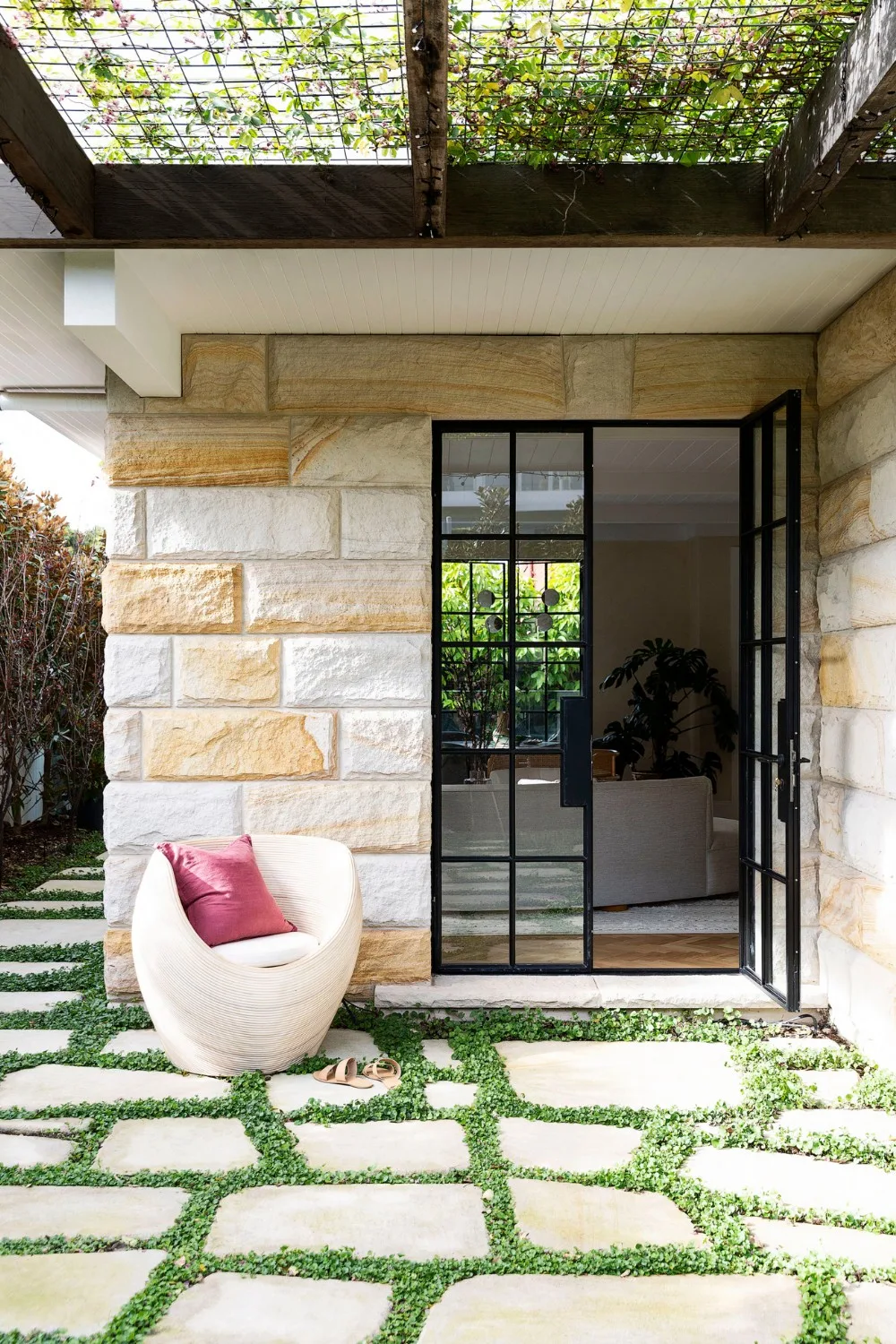
How much does crazy paving cost?
If you’re using a professional landscaper, your crazy pavers would be sourced the same way as standard pavers but it’s generally a more affordable choice. If you’re looking to DIY it can be a more forgiving way to lay pavers yourself – particularly when your landscaping budget is already stretched. And speaking of stretching, try planting ground cover in between your paving as part of the design to make your stone go further.
Ground cover plants that suit crazy paving
- mondo grass
- dichondra
- babies tears
- blue star creeper
- thyme
- sedum
What sort of architecture does crazy paving suit?
With the rise in popularity of mid-century and 1970s home renovations, homeowners are embracing existing crazy pave patterns and restoring them with love, resulting in a combination of retro charm and good financial sense. “If you’ve got a mid-century home, you could absolutely use crazy paving to be sympathetic to the period of architecture, but it also works beautifully in a contemporary space,” says Adam.
The final result doesn’t have to reflect the 1970s either – outdoor pavers in this style, “Can create a seamless, organic flooring surface that wonderfully complements contemporary, architecture,” says Rebecca.
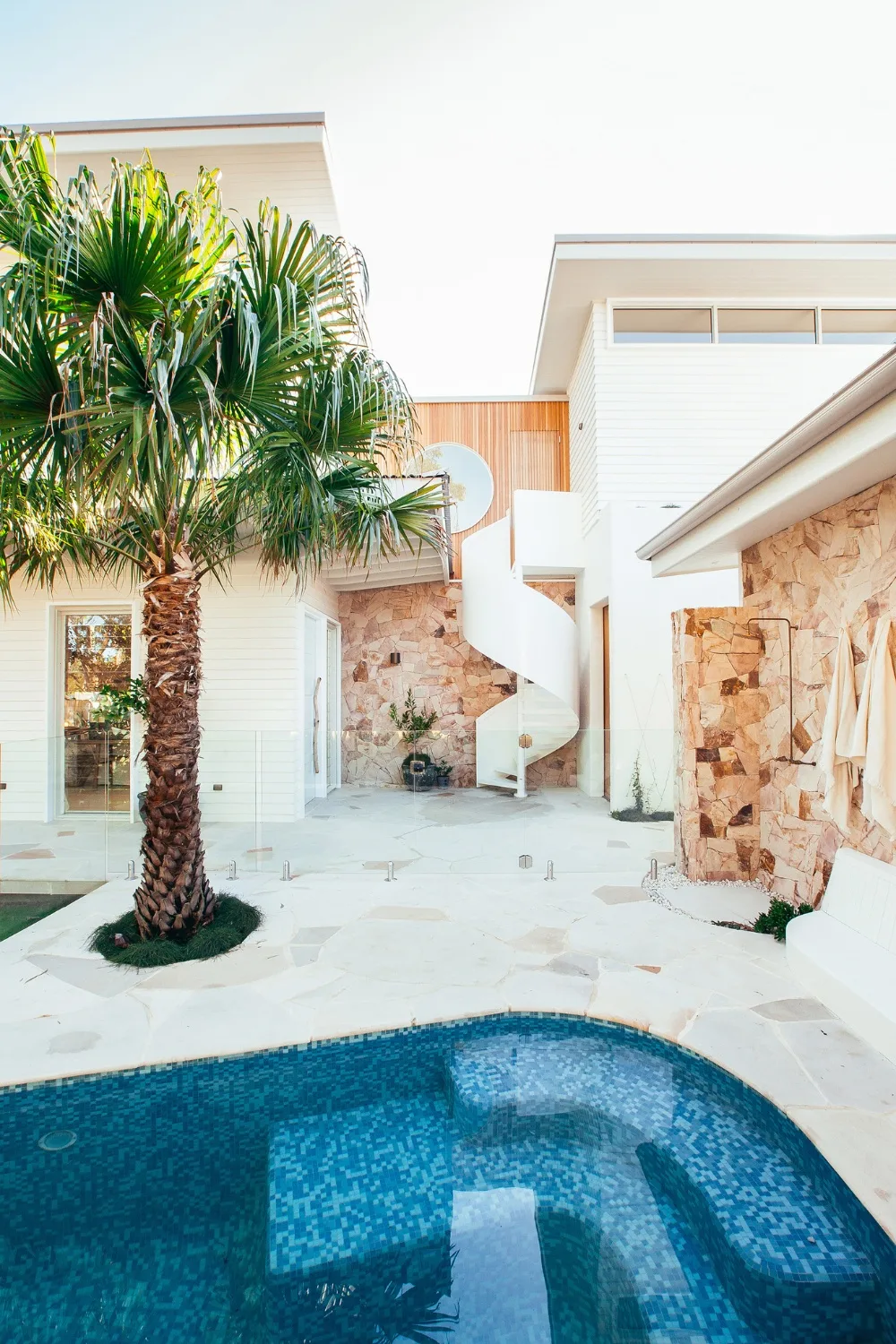
Where can you use it?
Because it’s laid in a random pattern, crazy pavers lend themselves to irregular shapes and pathways just as easily as more formal styles of outdoor paving. It can be used anywhere you’d usually pave an area, including pool surrounds, driveways, courtyards, garden paths and fireplaces. “Crazy paving is an ideal choice to bring texture and interest to a project,” says Rebecca. “We’re seeing it used to create a statement around a swimming pool or at the entrance to a home.”





